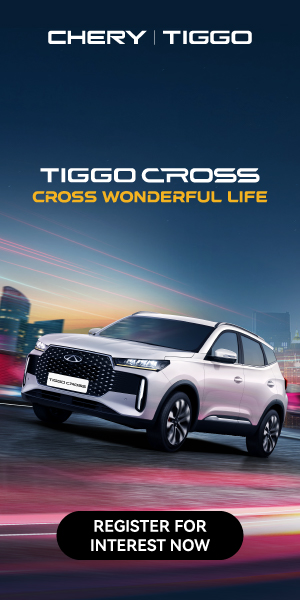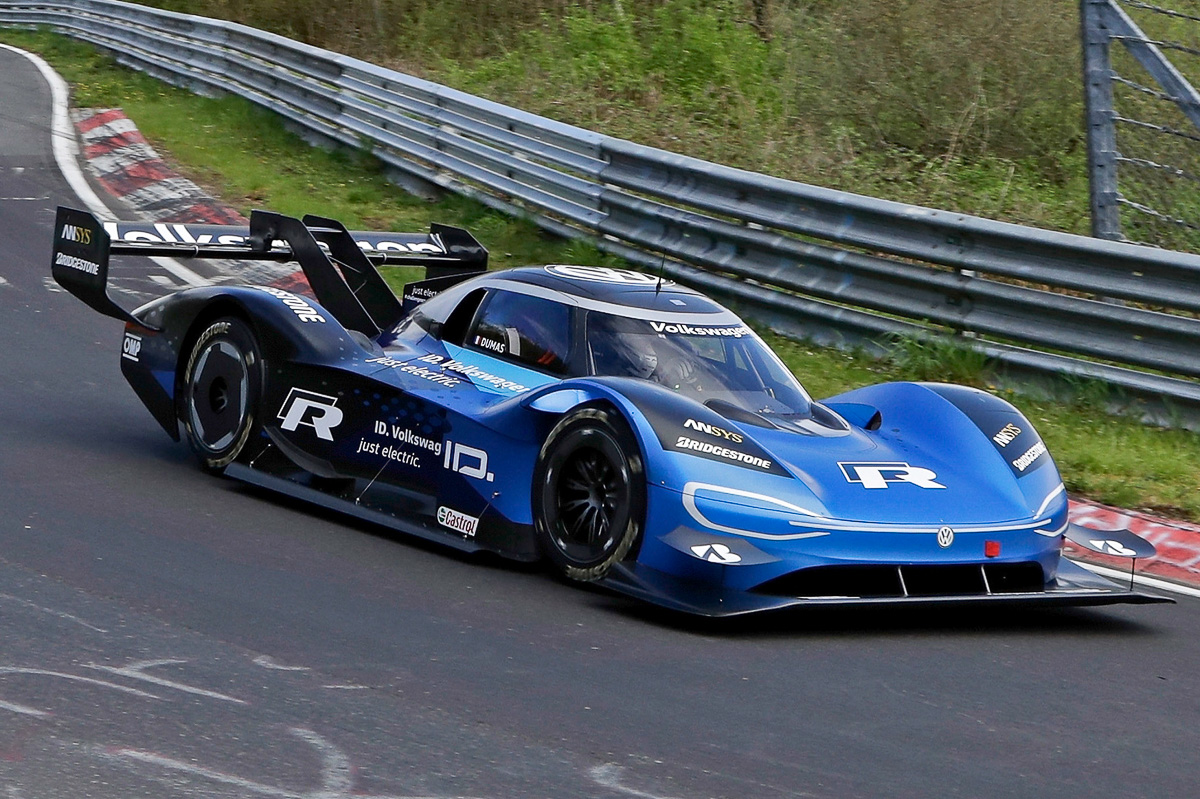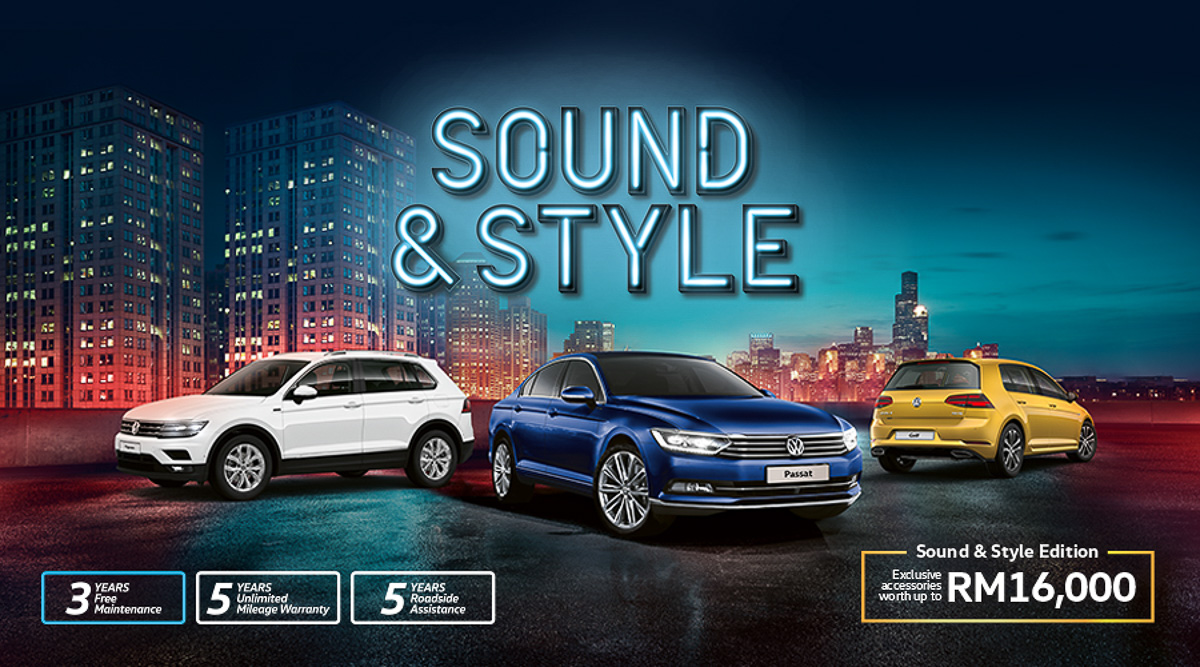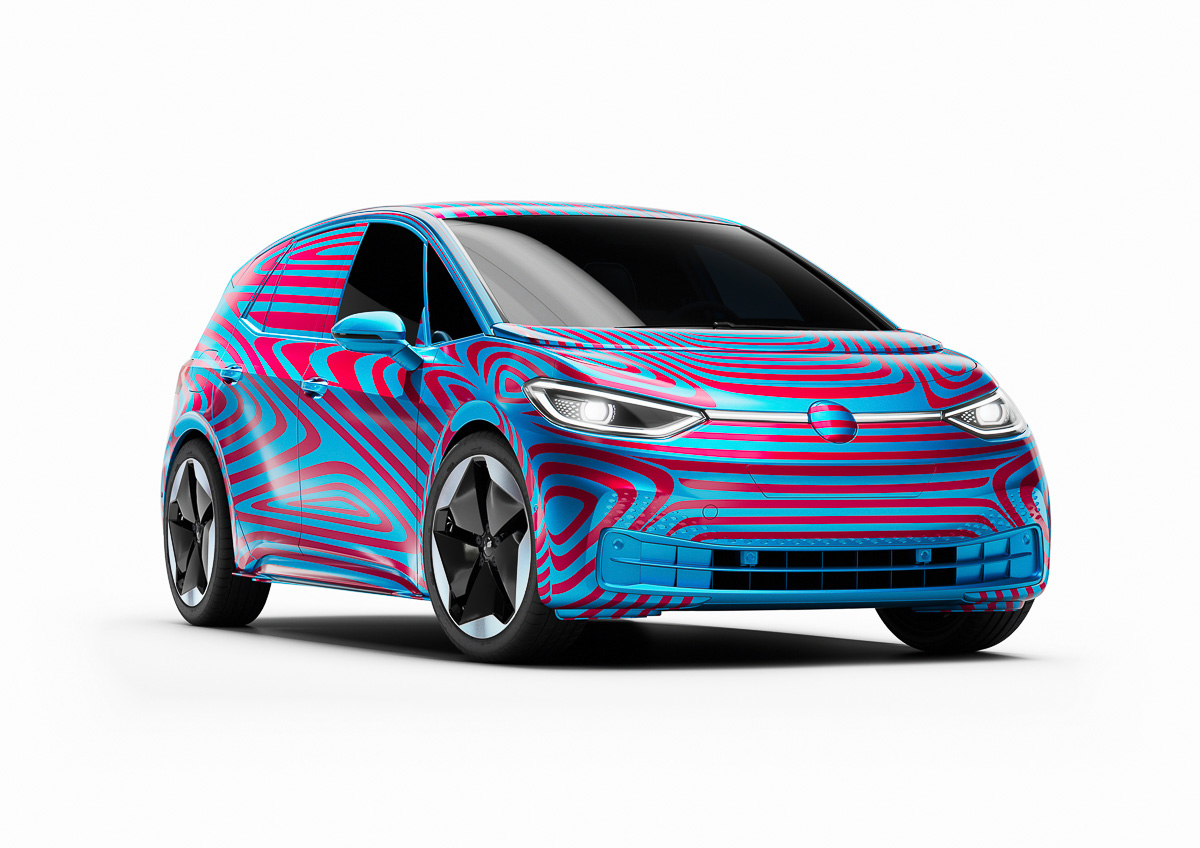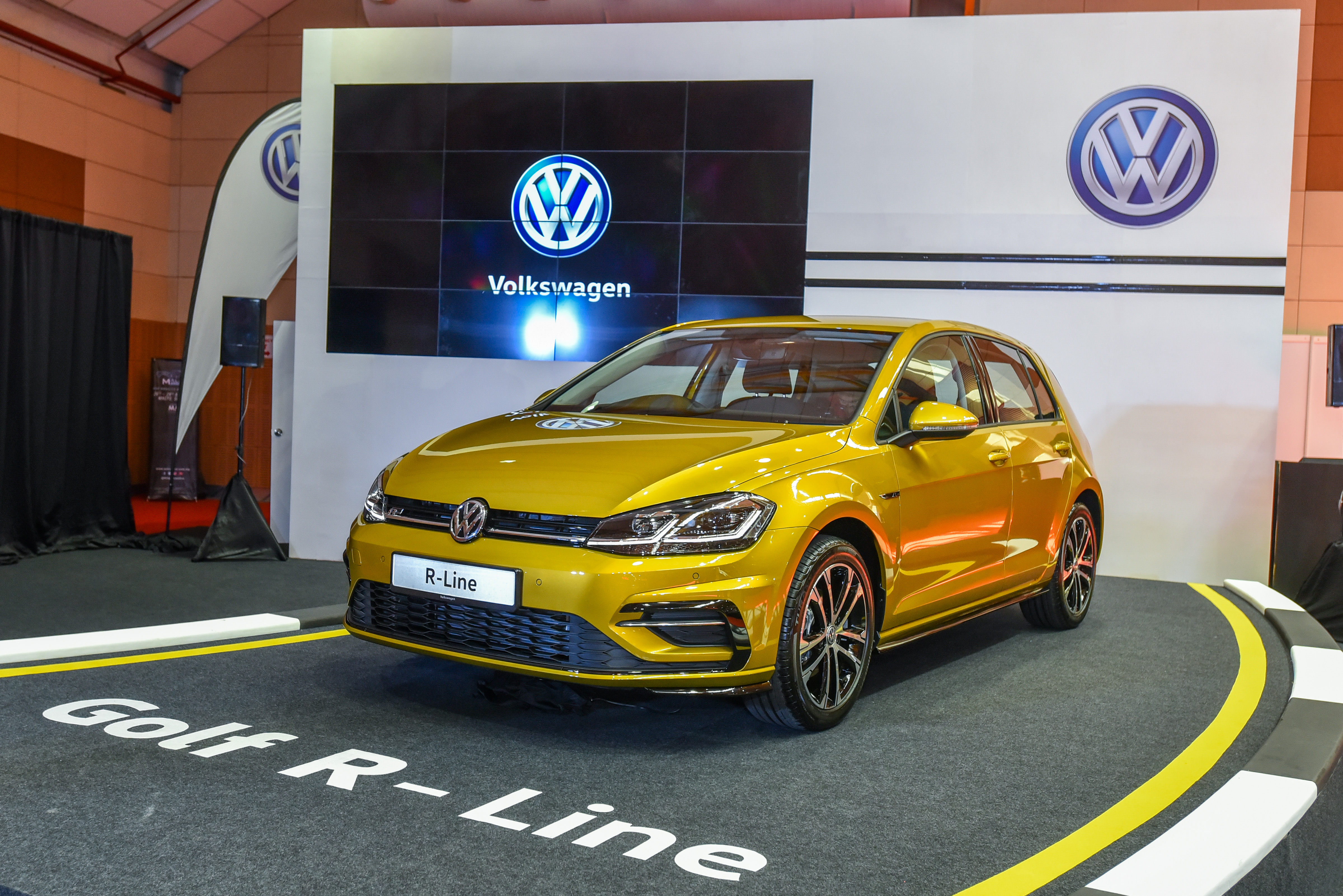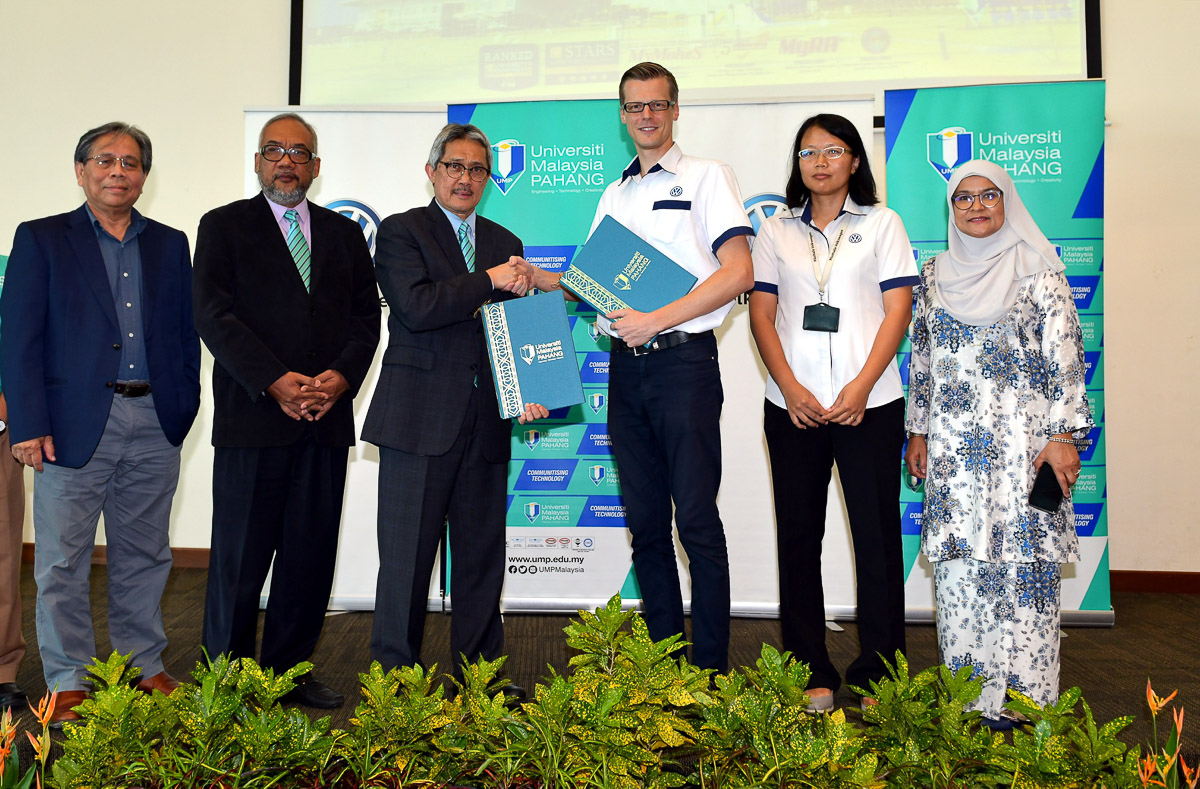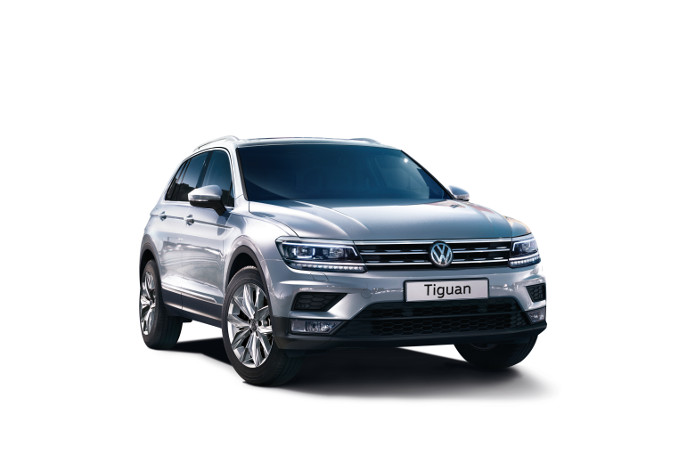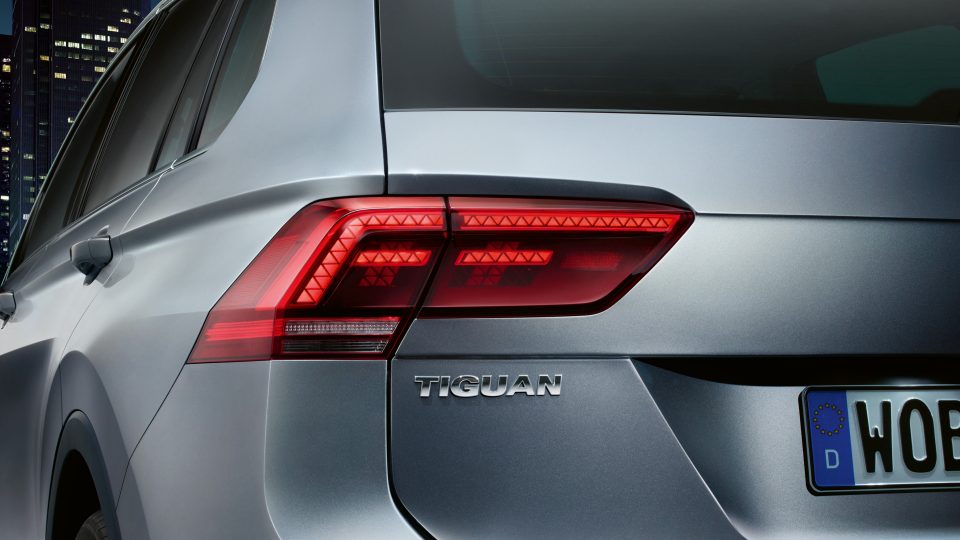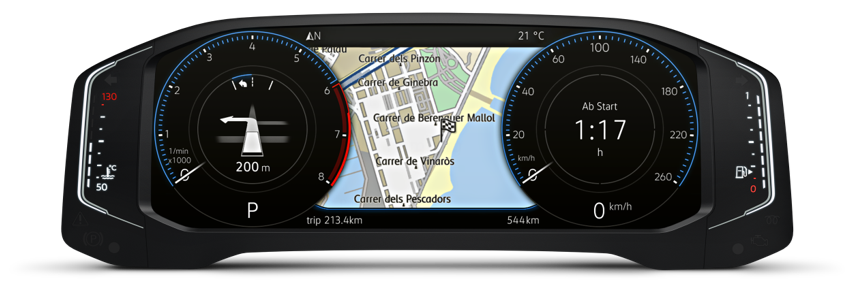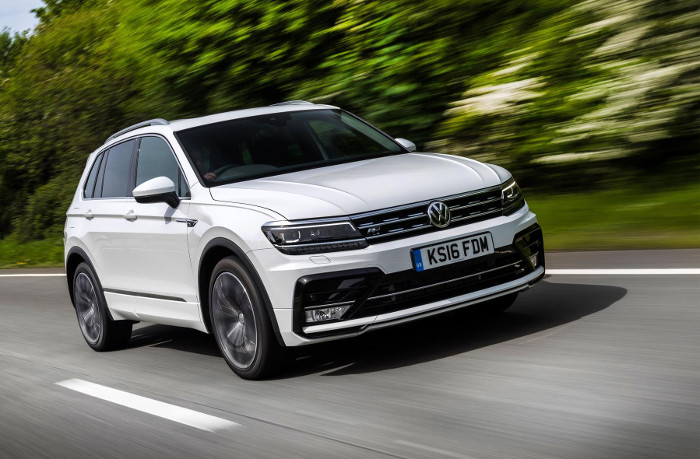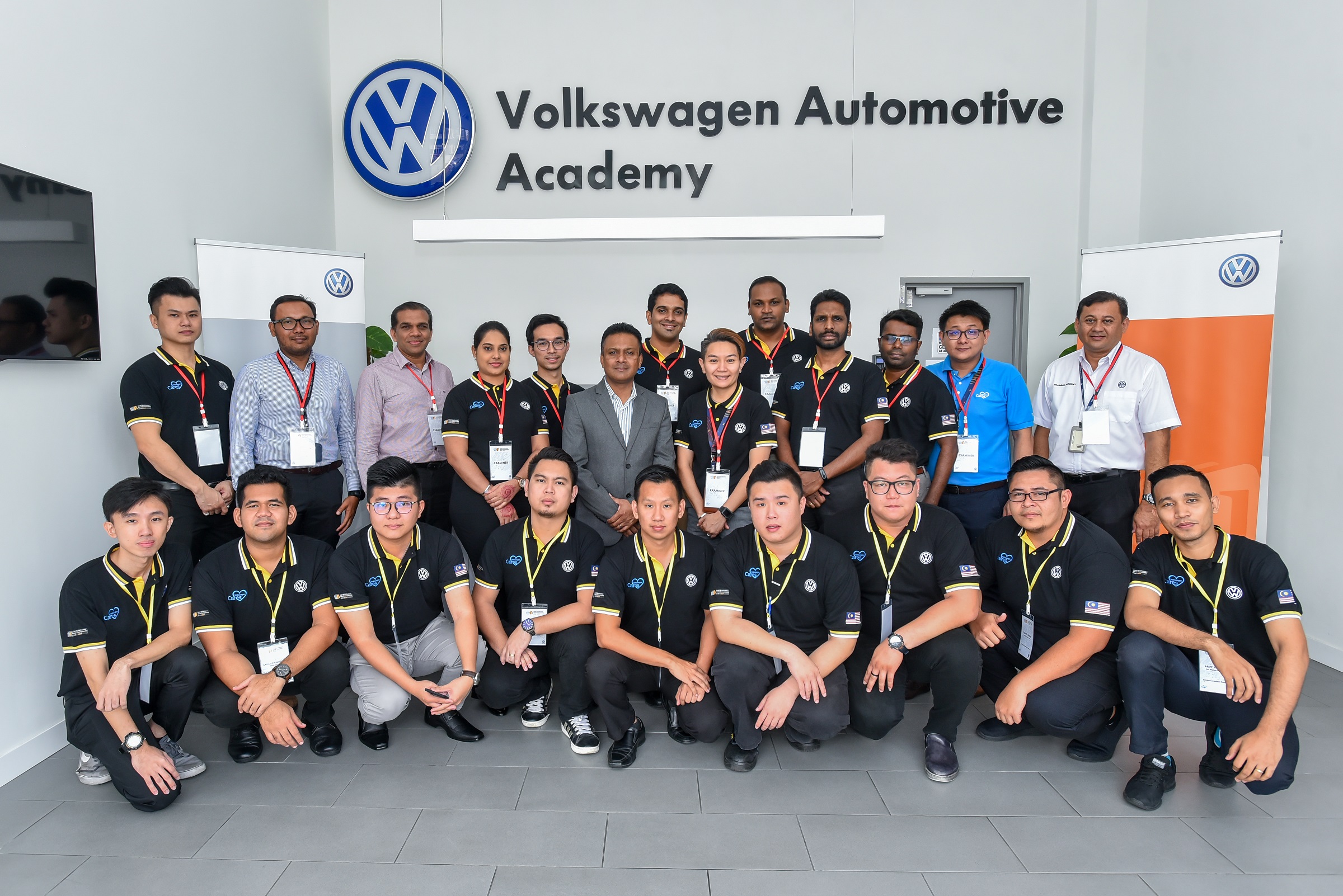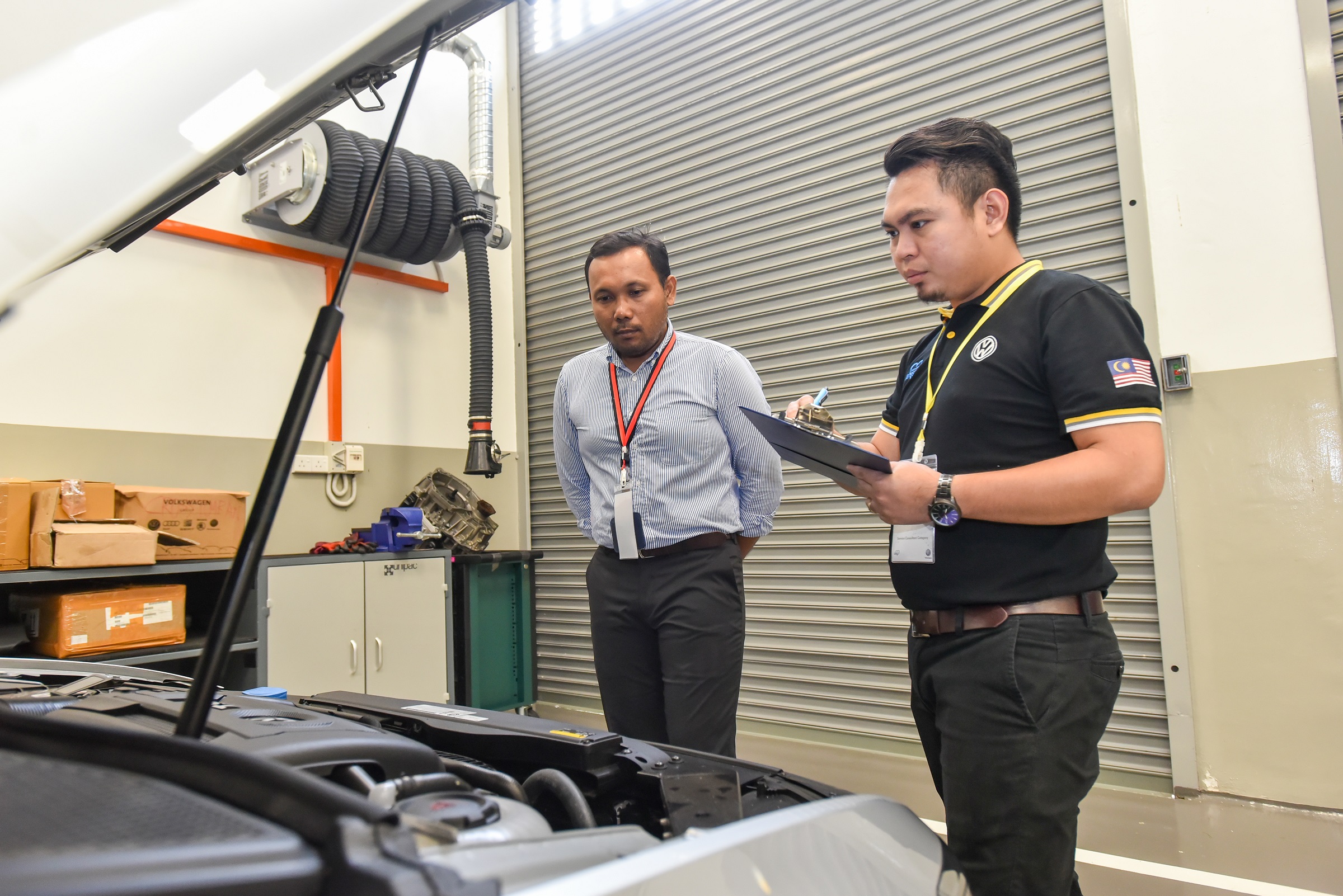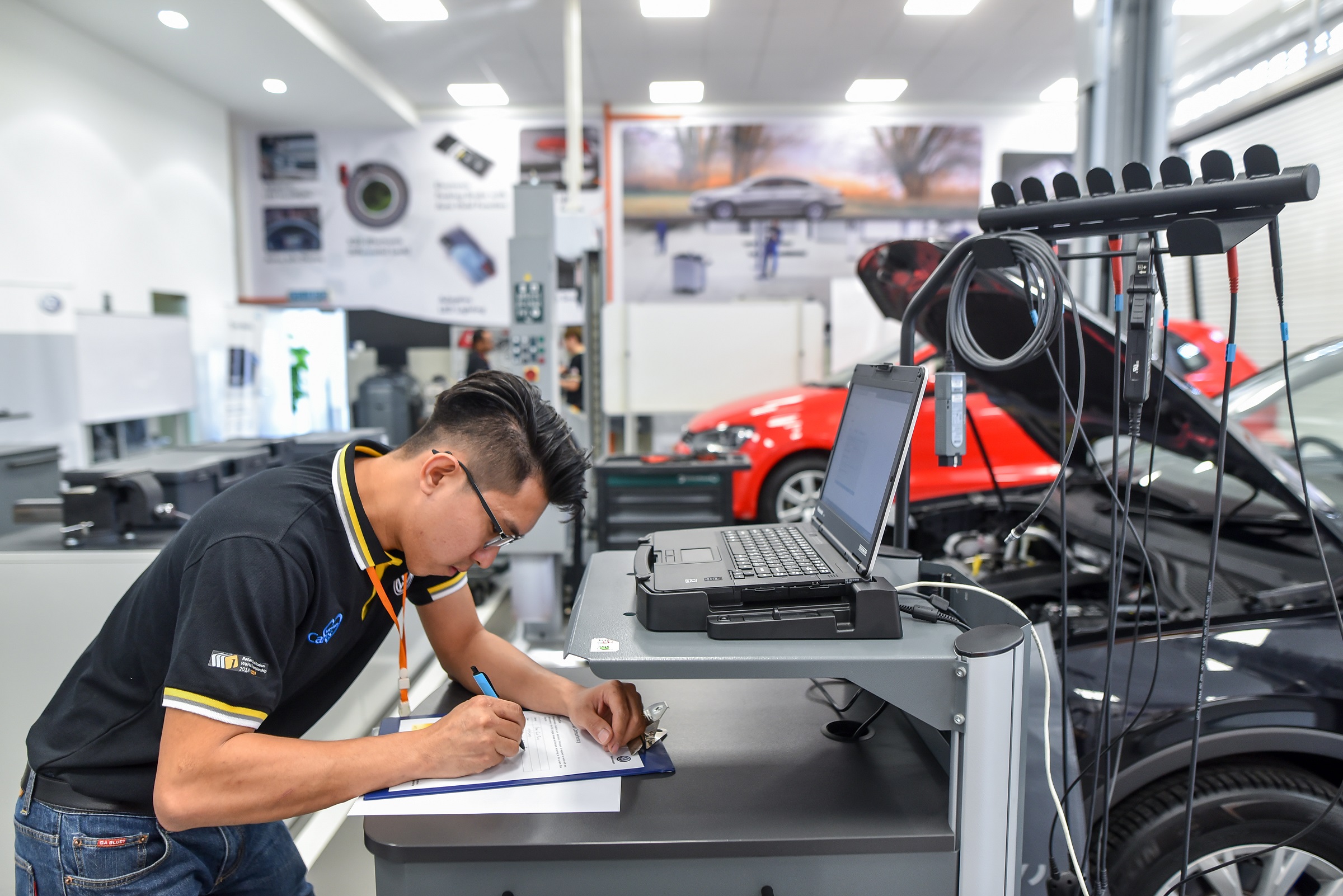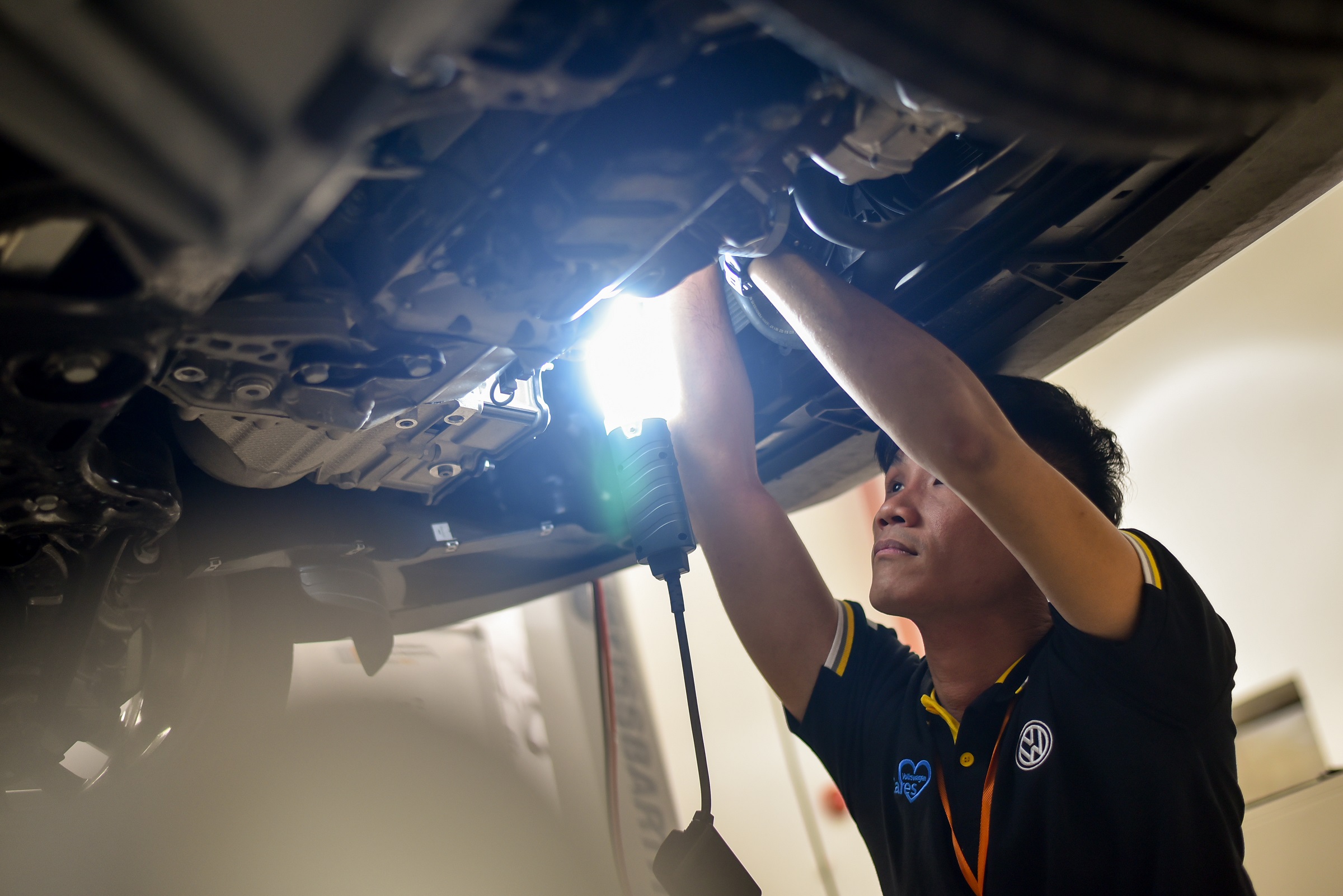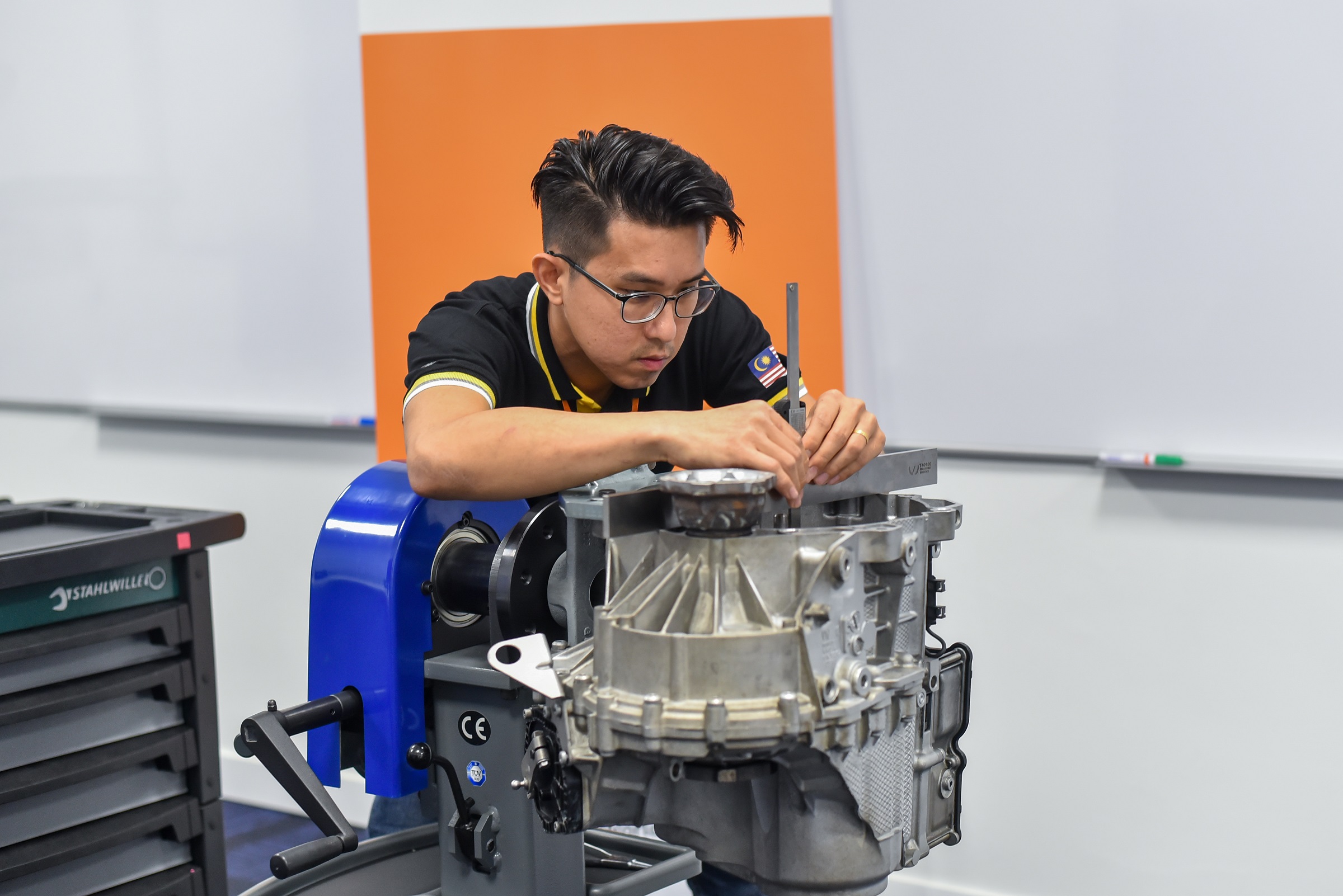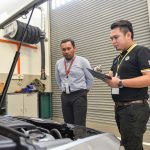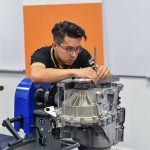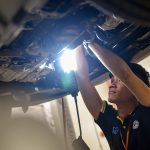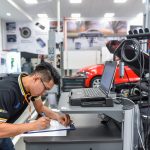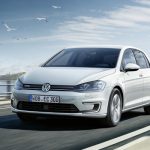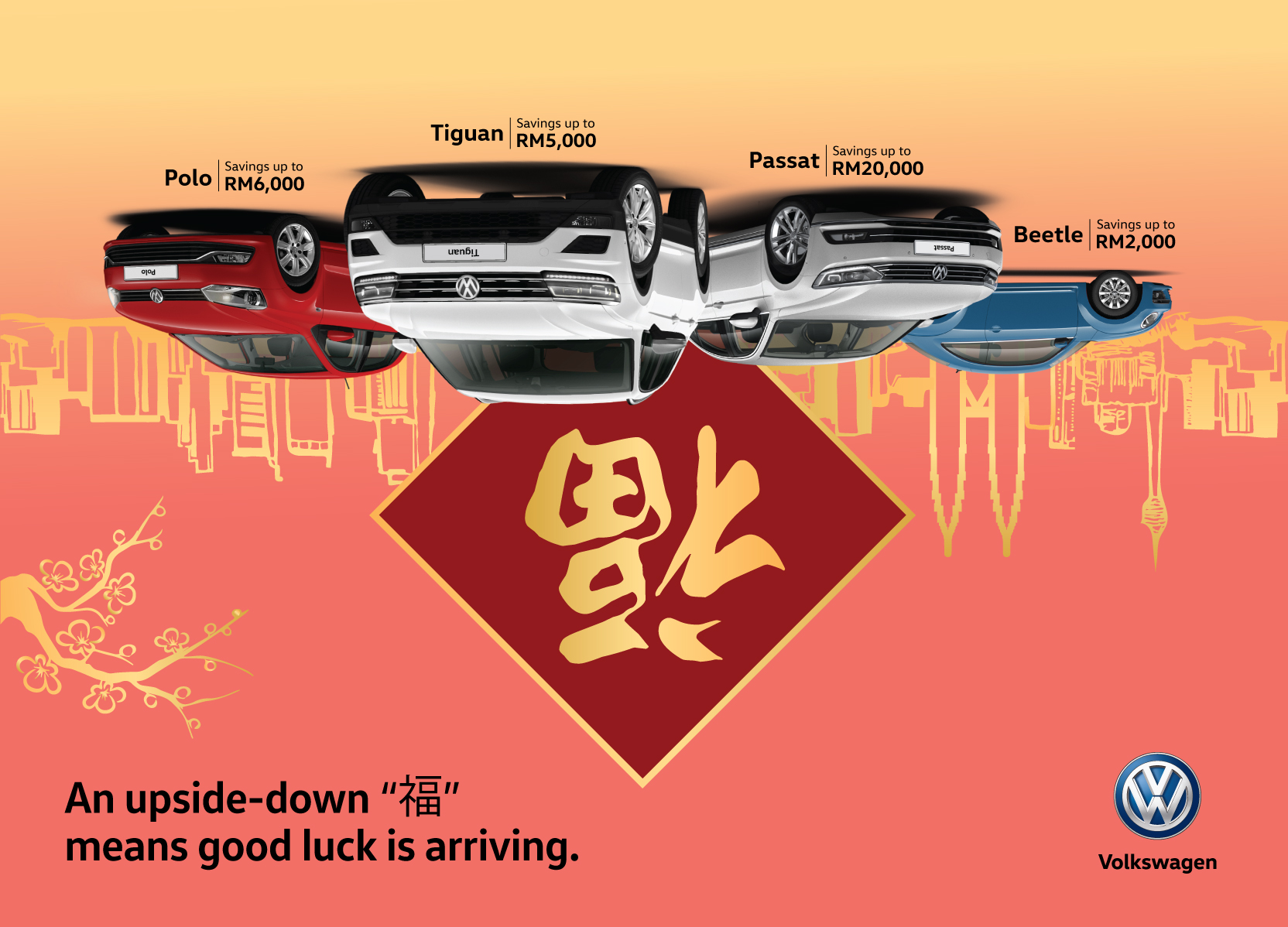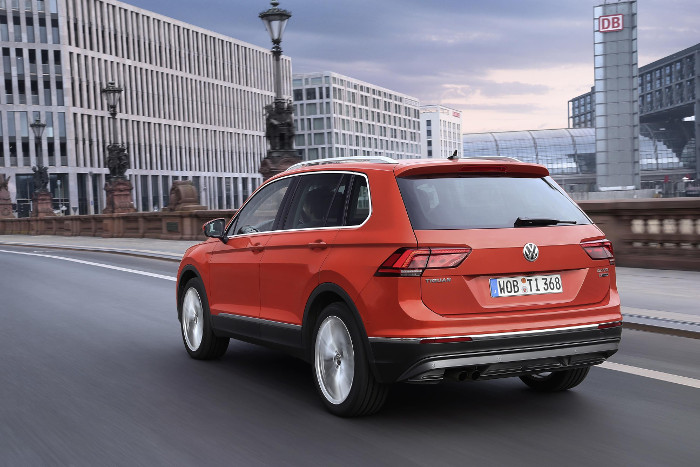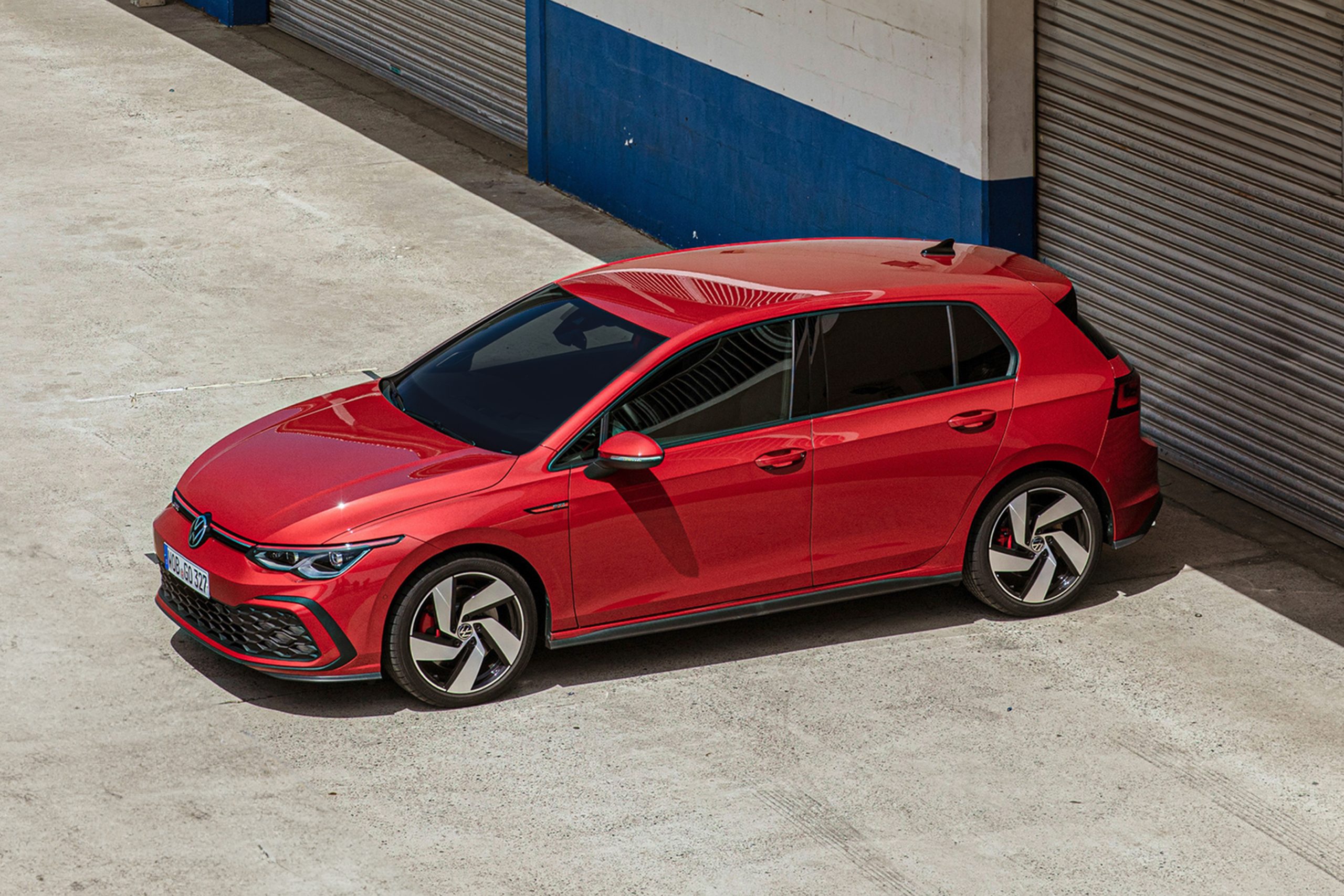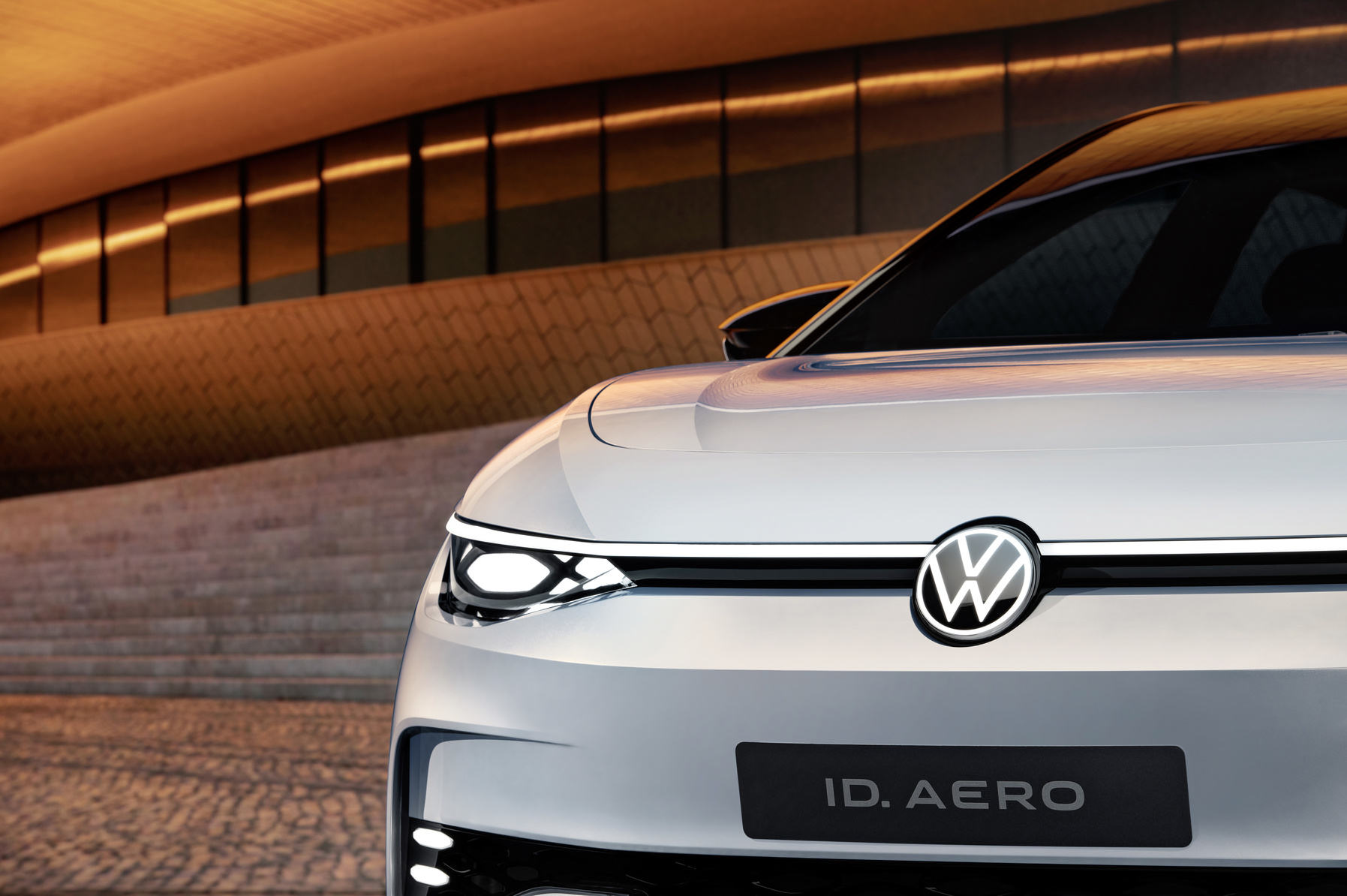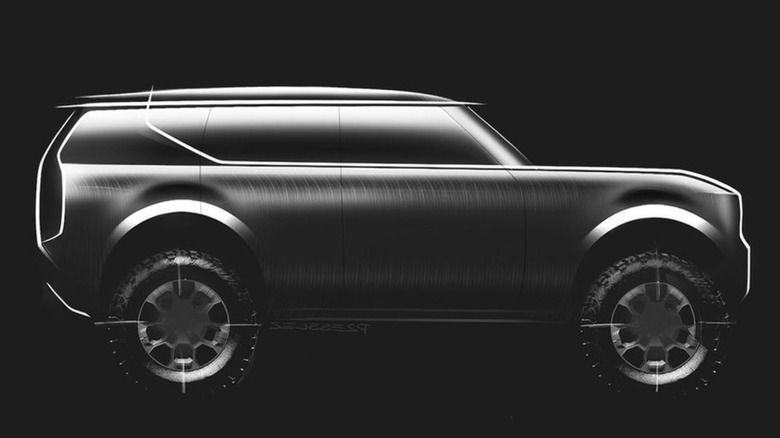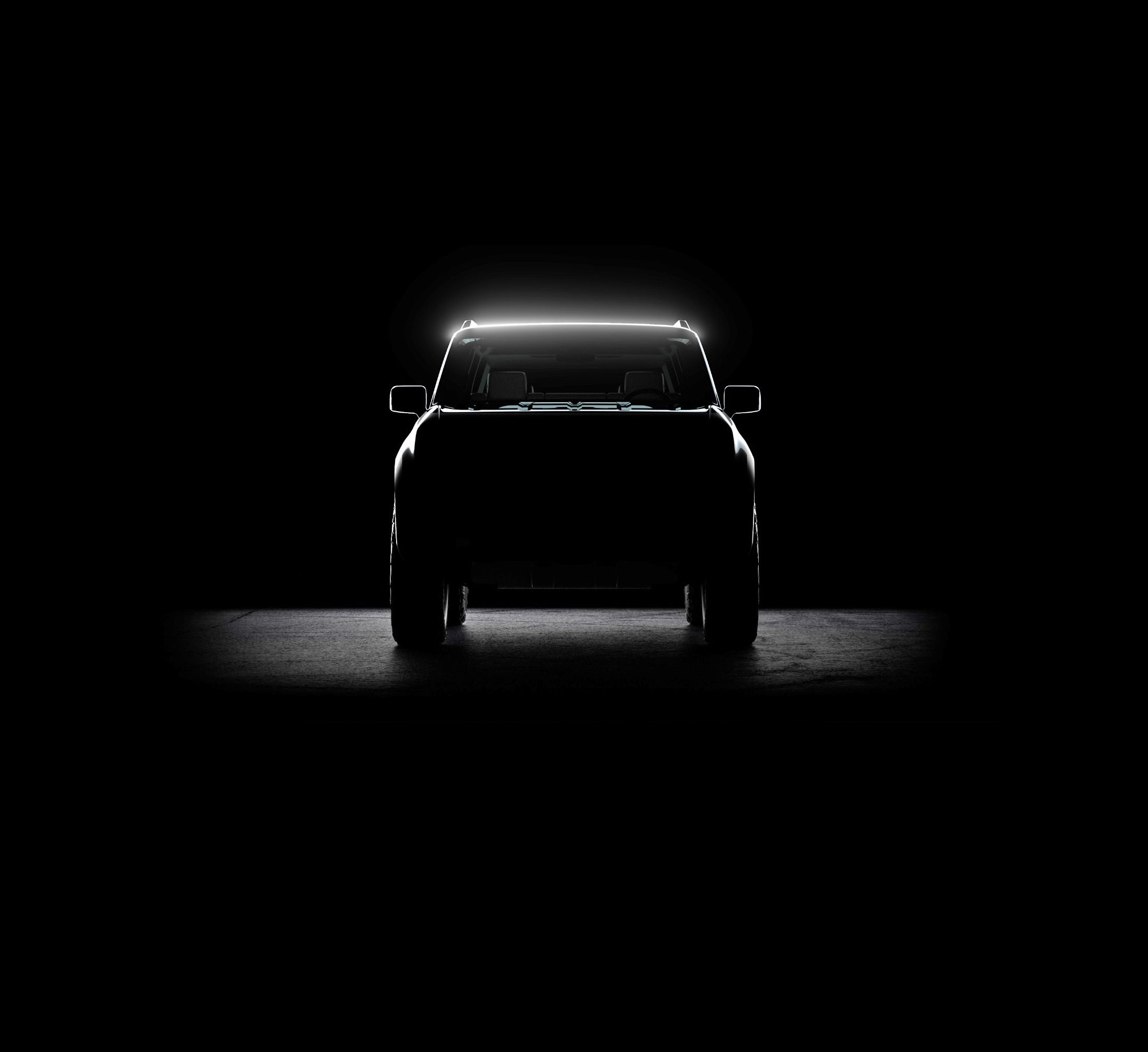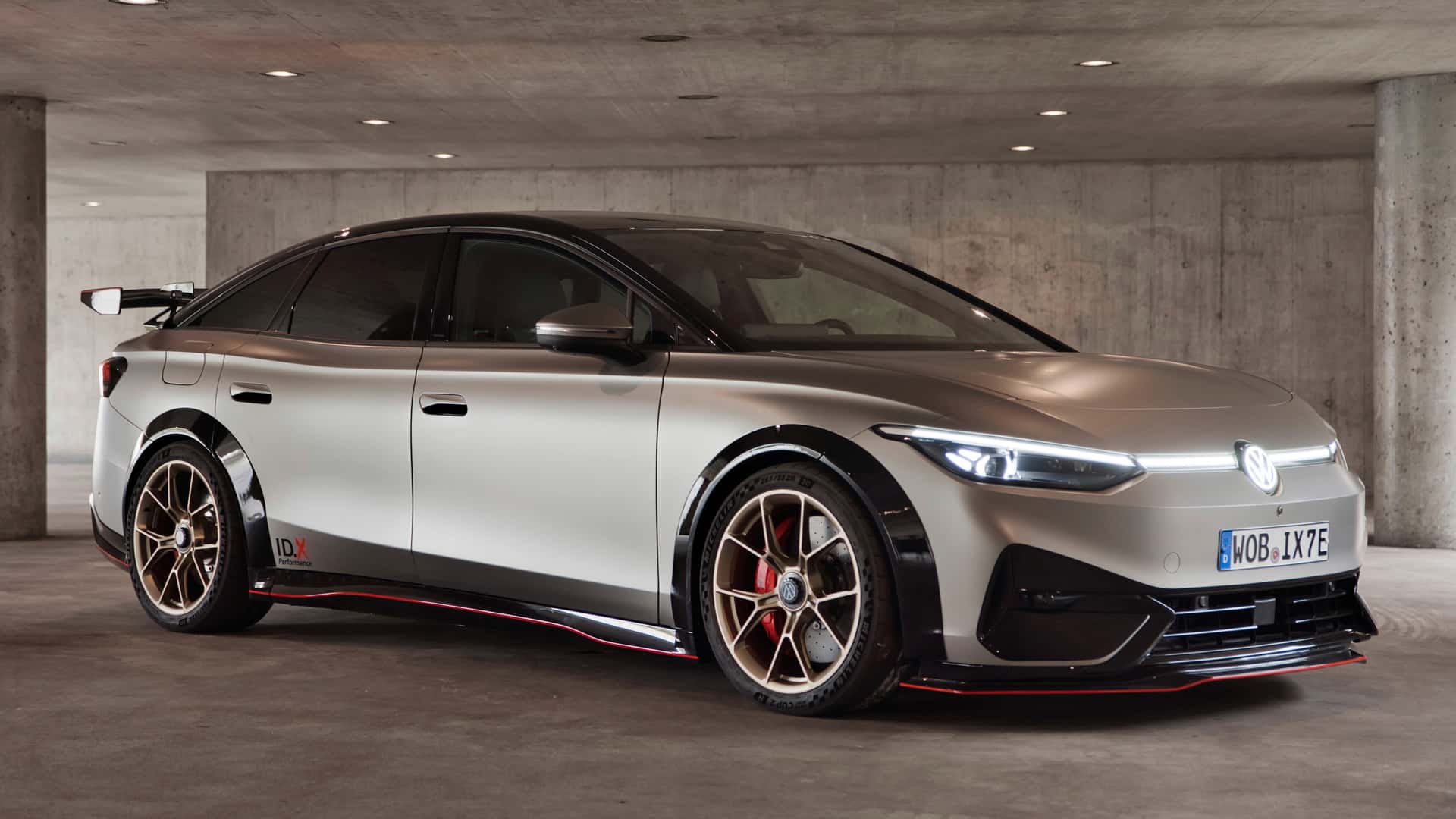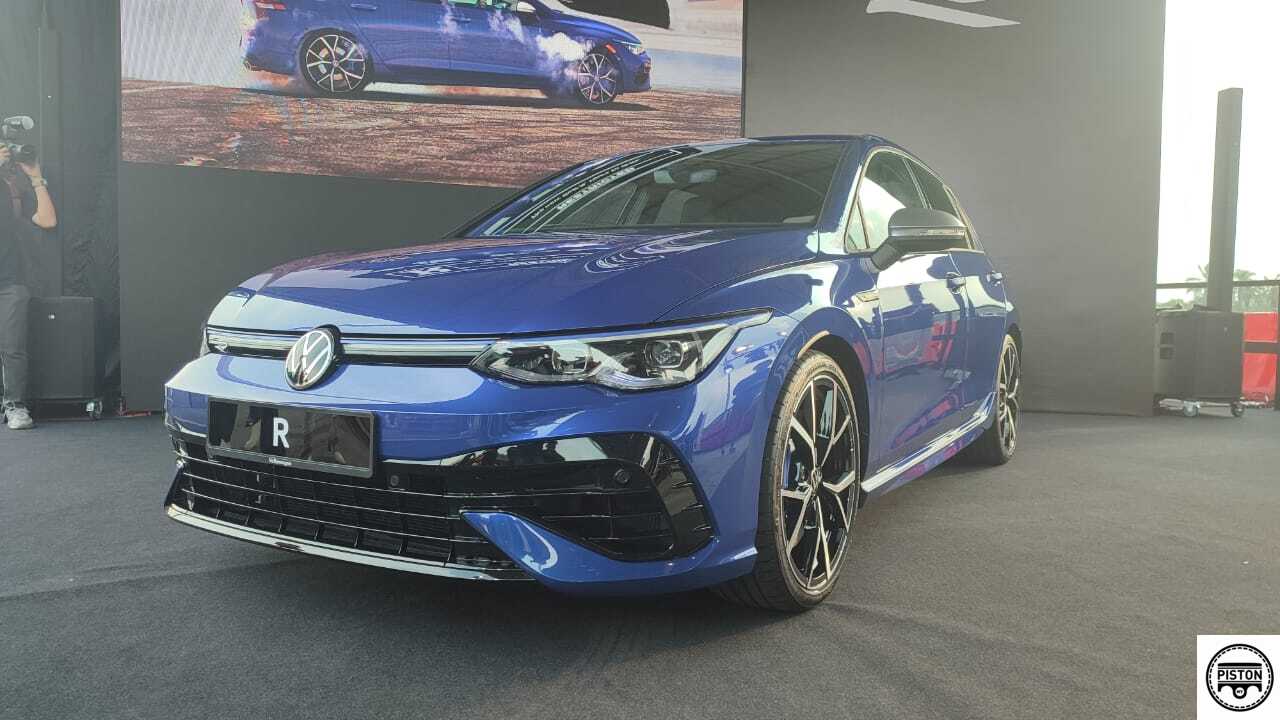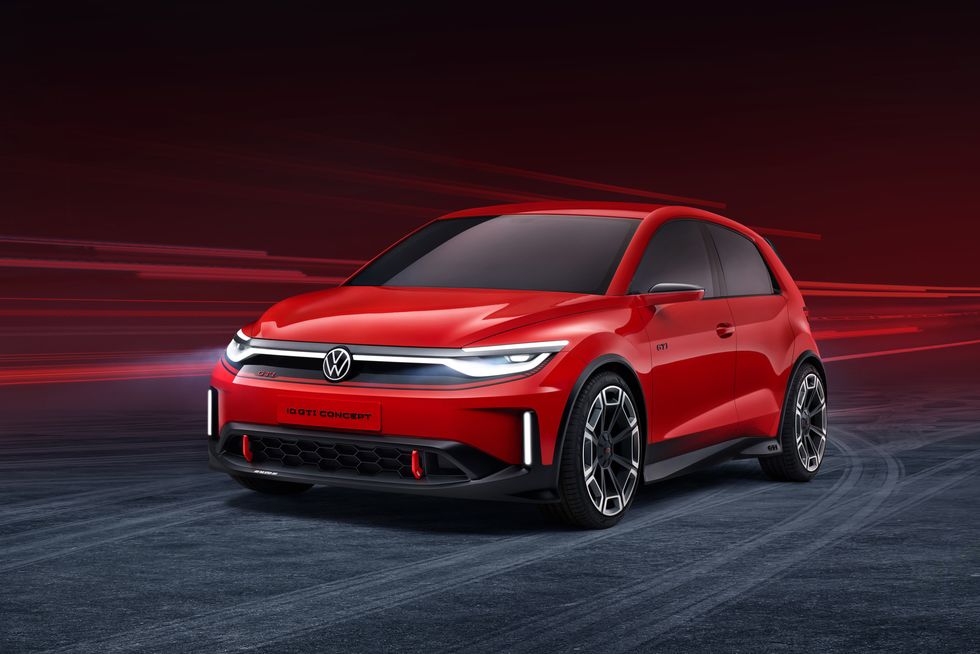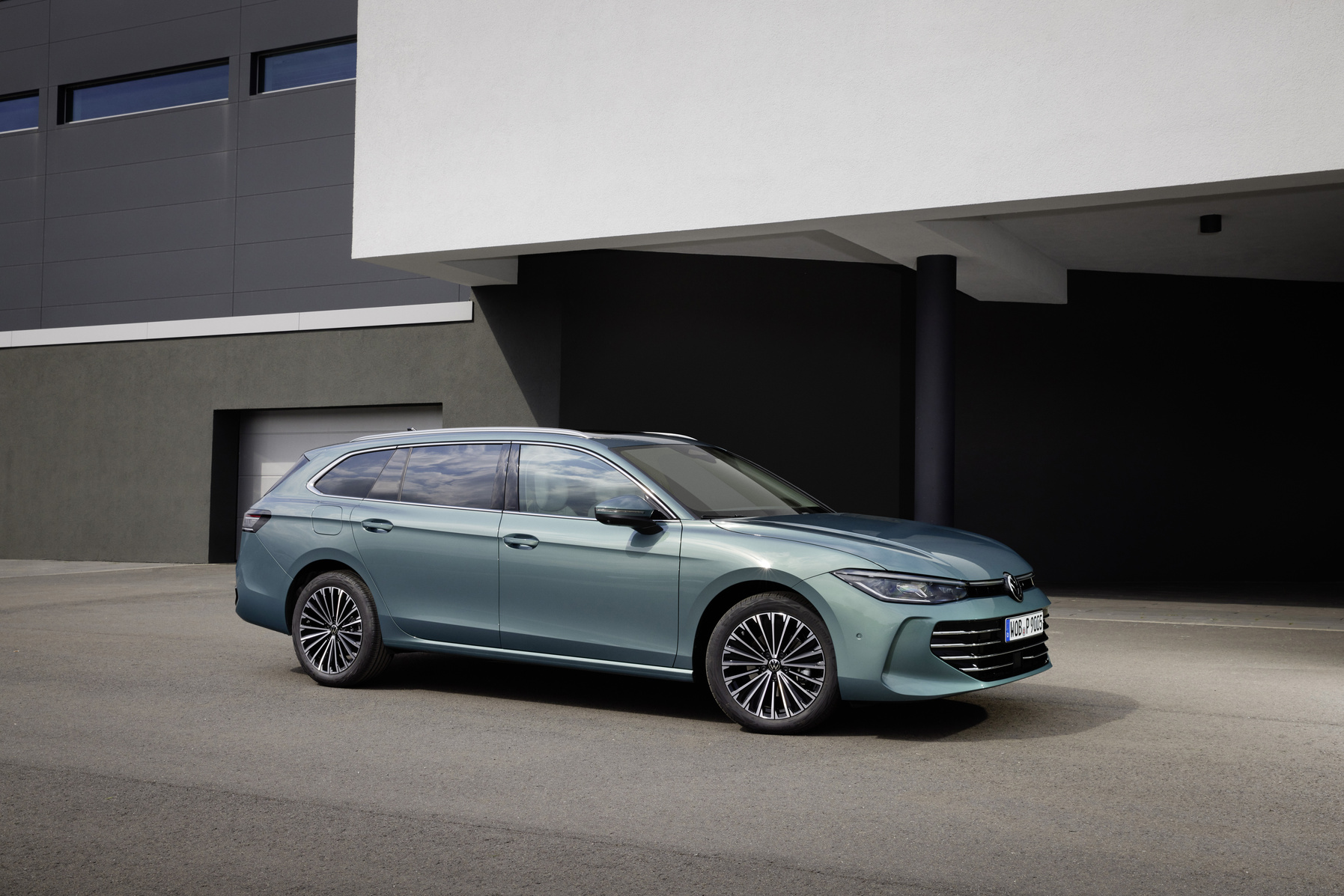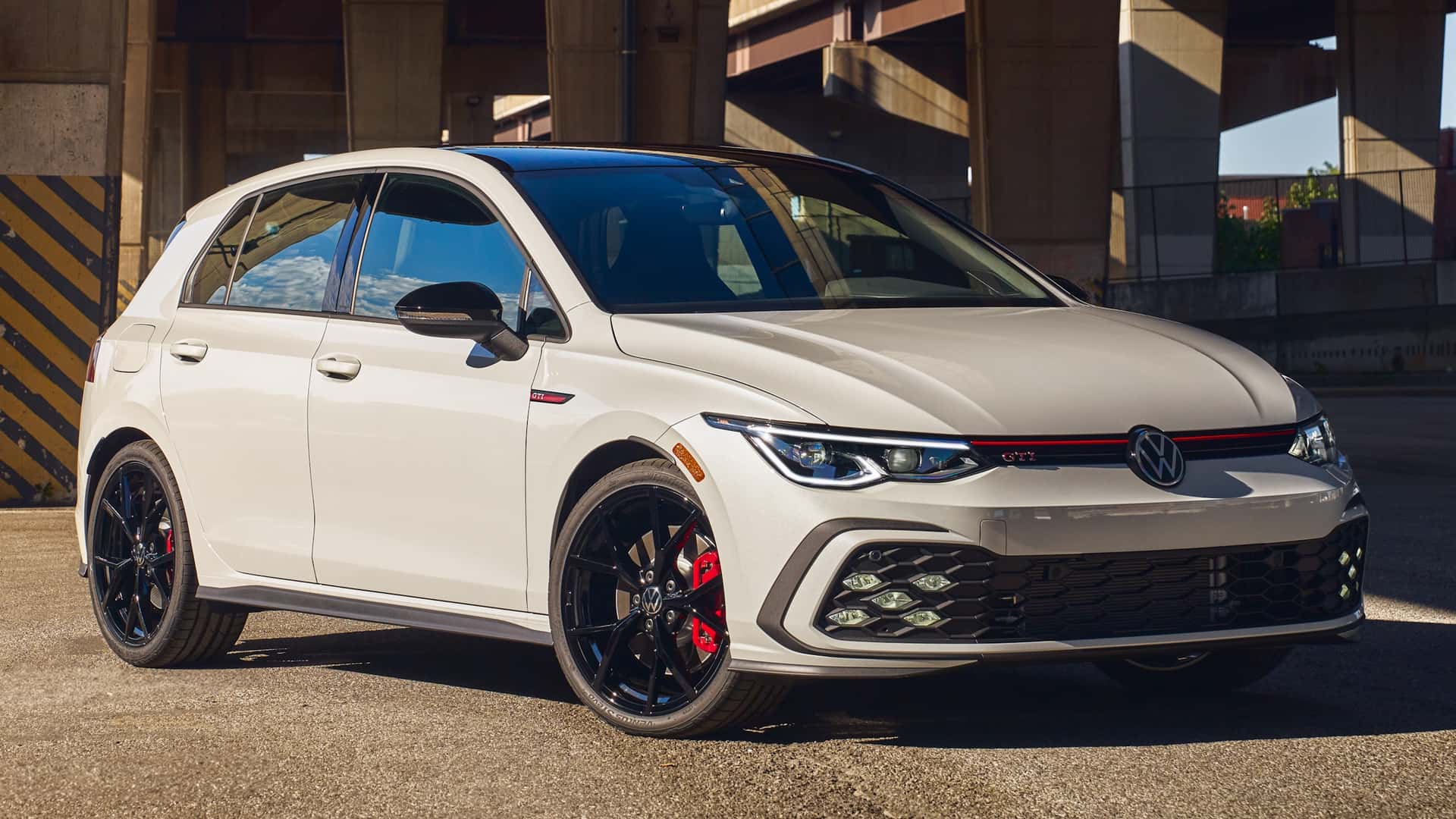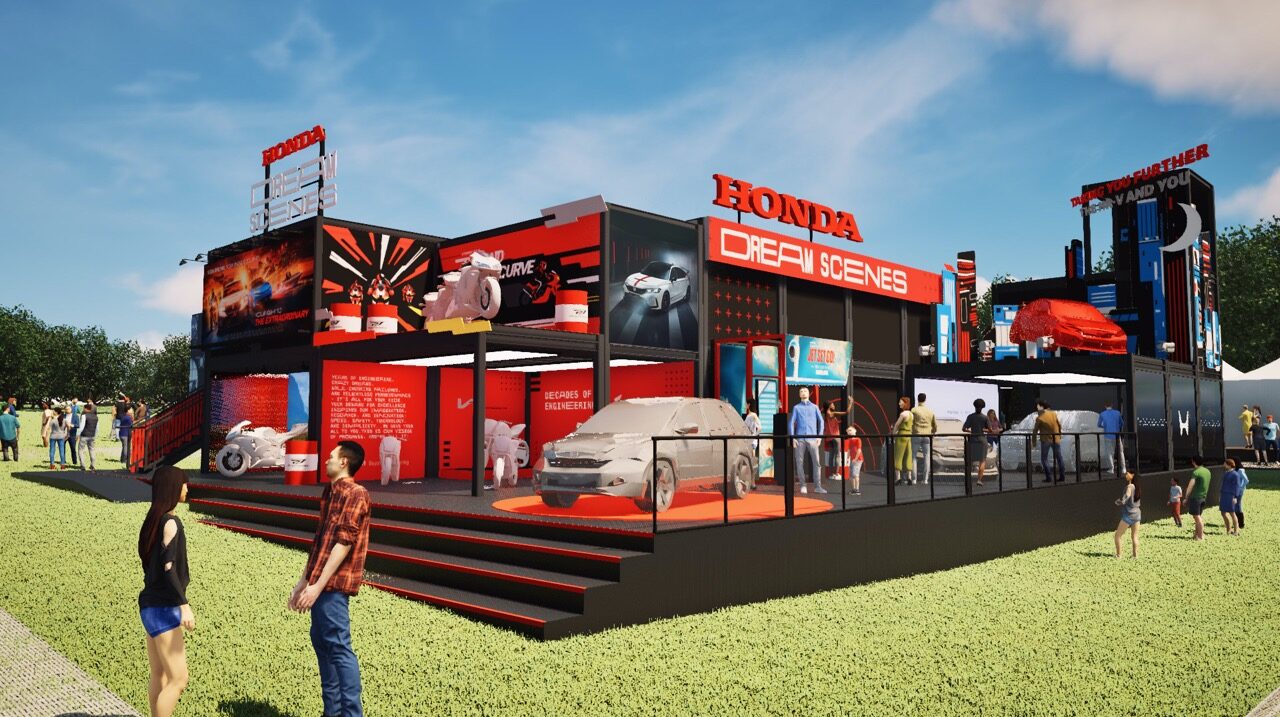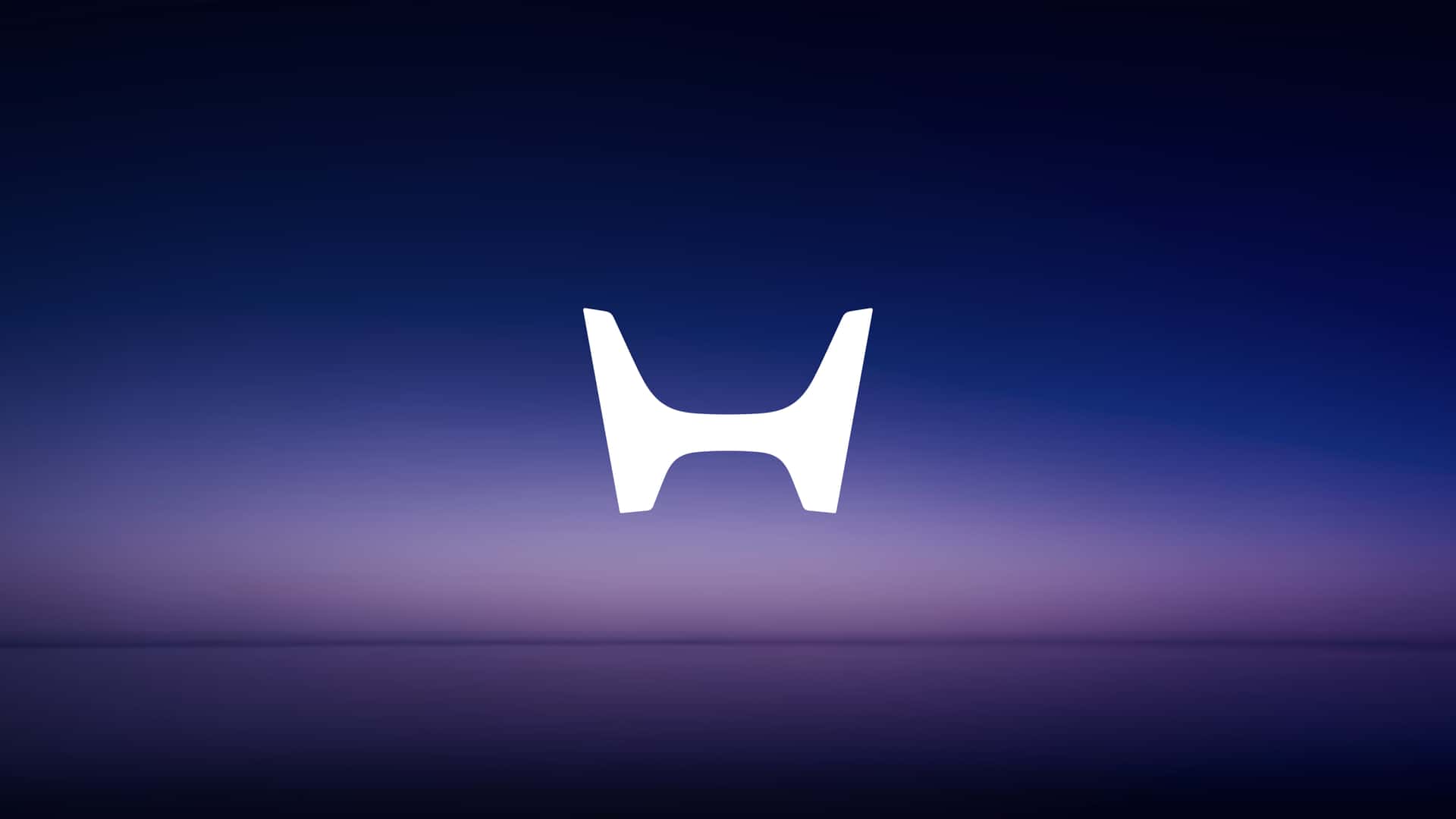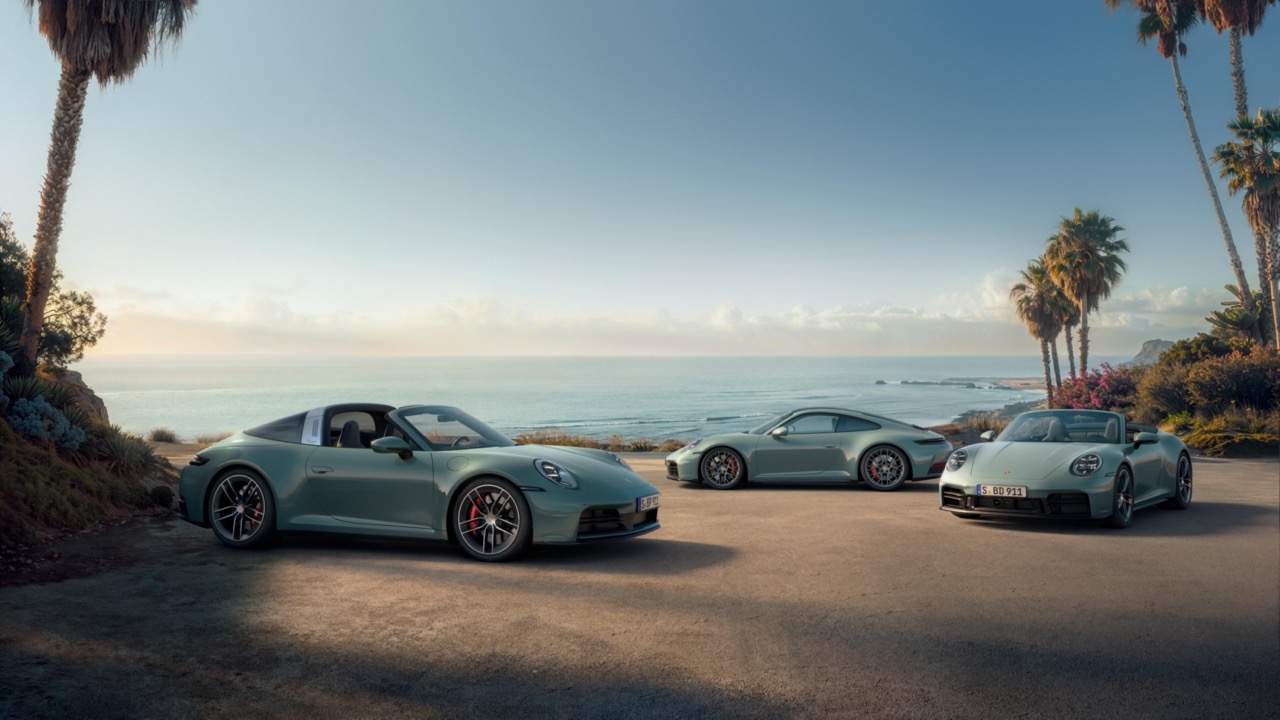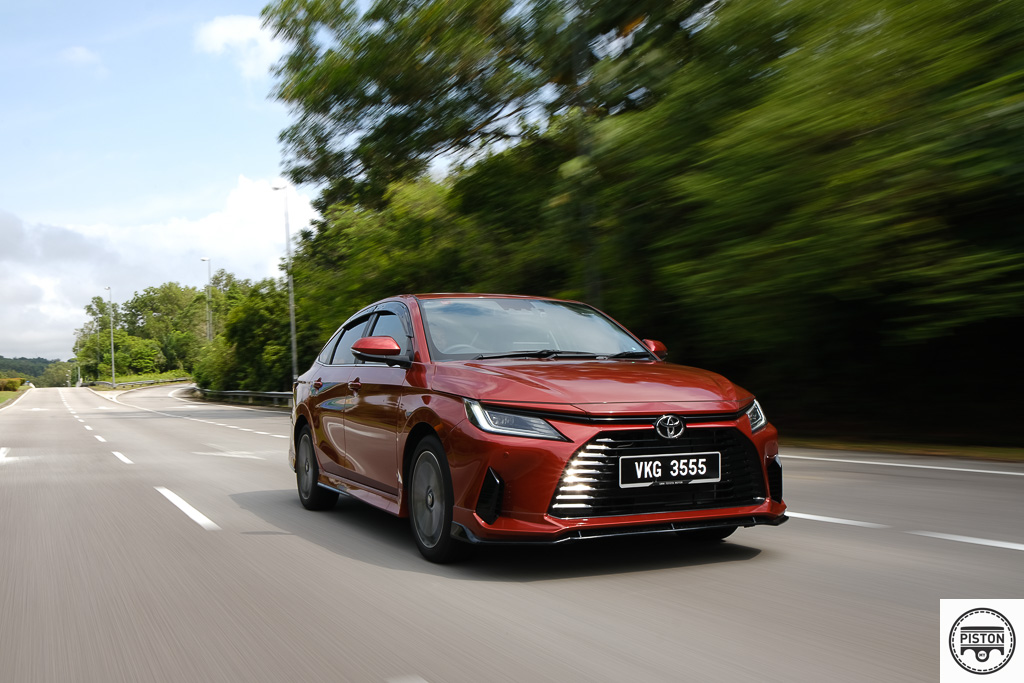
Sebagai tanda penghargaan terhadap setiap pengedar, Volkswagen Passenger Cars Malaysia (VPCM) telah mengadakan Anugerah Pengedar Volkswagen 2018 di Hotel Hilton, Kuala Lumpur.
Anugerah tersebut bertujuan meraikan pencapaian setiap 25 pengedar daripada rangkaian pengedaran Volkswagen di seluruh negara dalam mendukung jenama Volkswagen sepanjang tahun 2018.
Sementara itu, Pengarah Urusan VPCM, Erik Winter menyifatkan anugerah ini bukan sahaja diadakan untuk mengiktiraf kerja keras semua pengedar Volkswagen malah turut bertujuan untuk meningkatkan mutu pengedar seluruh negara.
“Tahun demi tahun, kami terus memberi galakan dan dorongan kepada rakan-rakan pengedar agar terus melakukan penambahbaikan. Kami membina kepercayaan dan keyakinan dalam kalangan para pemilik kenderaan Volkswagen menerusi para pengedar ini dengan cara meningkatkan pengalaman pemilikan mereka secara keseluruhannya. Justeru, kami rasa bangga kerana dapat mengiktiraf usaha dan kerja keras yang telah mereka sumbangkan untuk perniagaan serta jenama Volkswagen,” katanya.
Sebanyak empat anugerah telah disampaikan bagi kategori pengedaran yang melibatkan pengedar pusat 3S dan 4S dengan skor dinilai dengan mengambil kira aspek jualan dan pemasaran, kepuasan pelanggan, pematuhan standard serta kelayakan tenaga pekerja dari Januari hingga Disember 2018.
MHV Autohaus (Volkswagen Gombak) dinobat sebagai Pengedar Terbaik Keseluruhan 2018 sekaligus mengekalkan anugerah yang dimenangi pada tahun sebelumnya.
Berikut penerima lain untuk Anugerah Pengedar Terbaik bagi kategori lain:
Kategori A – pusat 4S : Wearness Automotive
Kategori B – pengedar di Lembah Klang : MHV Autohaus
Kategori C – pengedar di luar Lembah Klang : Lee Motors Autohaus
Selain daripada pengedar, Volkswagen turut mengiktiraf pencapaian individu dalam menjalankan kewajipan mereka selaku Pengurus Jualan, Penasihat Jualan, Pengurusan Selepas Jualan, Pengurus Alat Ganti, Perunding Servis dan Mekanik.
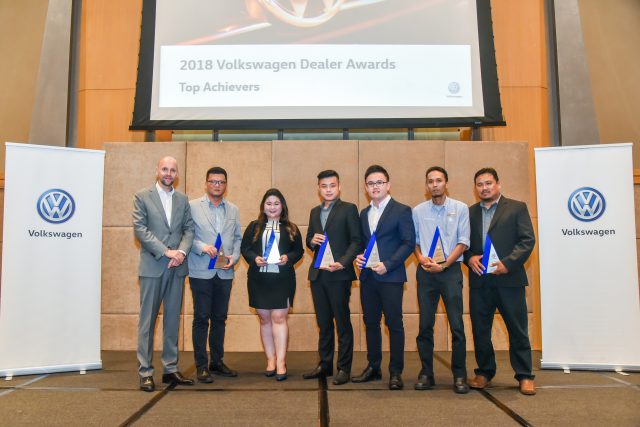
Enam individu yang menerima anugerah Pencapaian Keseluruhan Terbaik adalah:
Pengurus Jualan Terbaik : James Leong (MHV Autohaus)
Perunding Jualan Terbaik : Yan Mun Ee (Goh Brothers, Ipoh)
Pengurus Selepas Jualan Terbaik: William Loh (MHV Autohaus)
Pengurus Alat Ganti Terbaik: John Leow (MHV Autohaus)
Penasihat Servis Terbaik: Azrul Muzakhir (Wearnes Sg Besi)
Juruteknik Terbaik: Husni Thamrin (Lee Motors)
Volkswagen turut mengiktiraf para pemenang Kejohanan Dunia Kelayakan Jualan Runcit Volkswagen (RQWC) 2018/2019 iaitu:
Penasihat Servis : Lu Weng Jen (MHV Autohaus)
Servis Alat Ganti: John Leow Zhi Kuan (MHV Autohaus)
Ketua Juruteknik: Yeoh Chun Ping (Goh Brother Motors)


